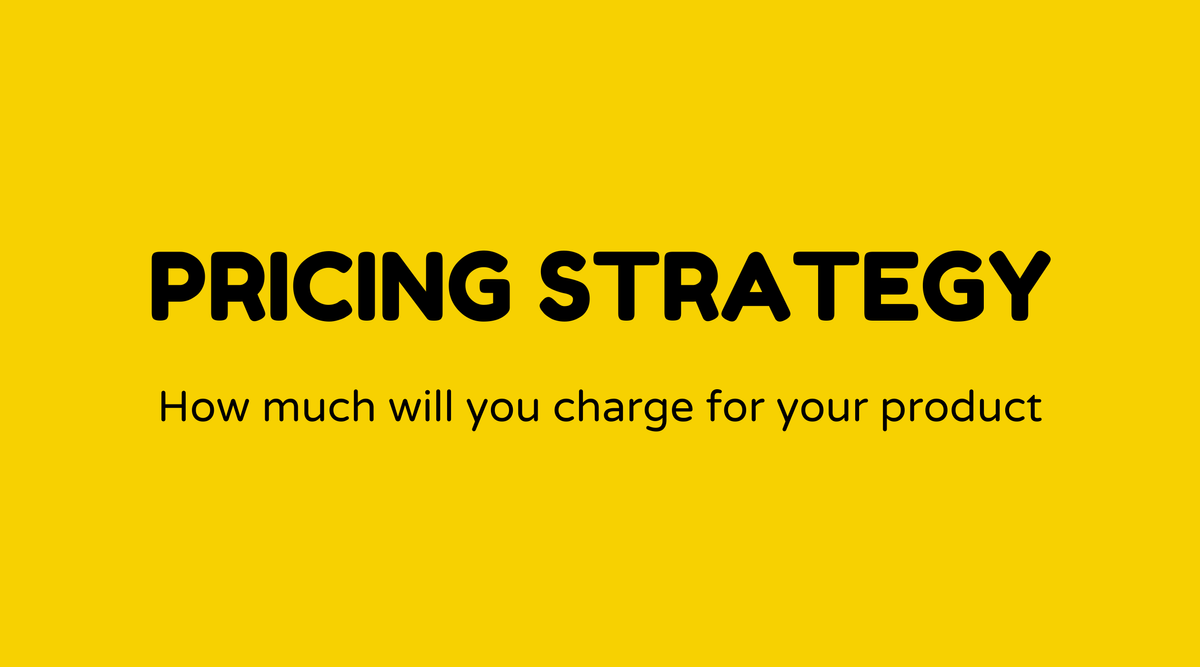Pricing strategy

Overview of Pricing Strategy
Creating the ideal pricing strategy resembles assembling a dynamic puzzle—it requires foresight, comprehension of customer behavior, and awareness of the competition. The method you choose can influence your business significantly by impacting your profit margin, brand image, and market presence. Approaches can vary from cost-plus pricing to flexible pricing, playing a vital role in meeting your business objectives.
Why Pricing Strategy Matters
Picture yourself at a junction with two routes: one leading to affordability but with low perceived value, and the other to high prices, seen as premium. Your pricing strategy determines the direction your product will take. An effectively crafted pricing approach not only secures profitability but also narrates the brand story and shapes consumer perceptions of the value you provide. For enterprises of any size, developing the right pricing strategy is not just beneficial; it is essential. By aligning prices with perceived value and customer expectations, businesses can prosper even in challenging markets.
What is Pricing Strategy
Essentially, a pricing strategy serves as a framework that businesses apply to determine the appropriate price point for their goods or services based on market trends, competitor behavior, and consumer demand. Various strategies exist, including:
- Cost-Plus Pricing: Adding a markup to the production cost of the product.
- Competitive Pricing: Setting your price based on competitors' figures.
- Penetration Pricing: Offering initially low prices to gain market entry and acquire customers.
- Skimming Pricing: Starting with high prices and lowering them over time as competition grows.
- Dynamic Pricing: Adjusting prices according to up-to-date supply and demand information.
Each strategy has distinct benefits and drawbacks, and the selection often relies on particular business goals.
How Do You Create a Pricing Strategy
Developing a robust pricing strategy necessitates a mix of market research, analysis, and strategic planning:
-
Understand Your Costs: Determine the total production cost to ensure the price covers your expenses.
-
Know Your Market: Investigate competitors to assess where your product fits and possible pricing strategies.
-
Segment Your Customers: Identify different customer segments and their willingness to pay various prices.
-
Define Your Goals: Your goals—whether maximizing profit, increasing market share, or enhancing brand position—will influence your strategy.
-
Choose a Strategy: Decide on one or a combination of strategies that align with your objectives.
-
Test and Adjust: Implement the pricing model on a small scale, collect data, and refine as necessary.
Examples of Pricing Strategies
-
Apple's Premium Pricing: Apple prices its products higher to stress quality and innovation, fostering brand exclusivity.
-
Amazon's Dynamic Pricing: Prices fluctuate several times a day using algorithms that account for competitors, demand, and past data.
-
Netflix's Subscription Pricing: Provides tiered pricing options to meet diverse customer needs, maximizing its audience and revenue.
FAQs
Why is a pricing strategy important?
A pricing strategy plays a vital role in shaping how your product is viewed and its competitive standing. It’s essential for maintaining profitability and brand positioning.
How often should a pricing strategy be reviewed?
Regular evaluations and adjustments of pricing strategies are crucial to remain competitive and aligned with market trends, typically every 6 to 12 months.
What is dynamic pricing, and where is it used?
Dynamic pricing adjusts prices automatically based on current market needs and is common in the airline industry and e-commerce.
Should small businesses adopt competitive pricing?
While competitive pricing can facilitate market entry, small businesses should ensure it does not undermine profitability.
Can a business use multiple pricing strategies?
Absolutely, businesses can combine strategies, such as employing skimming for new products and competitive pricing for existing ones, to meet their goals effectively.
What external factors influence pricing strategy?
Economic conditions, regulatory changes, technological developments, and consumer habits all significantly shape pricing strategies.



